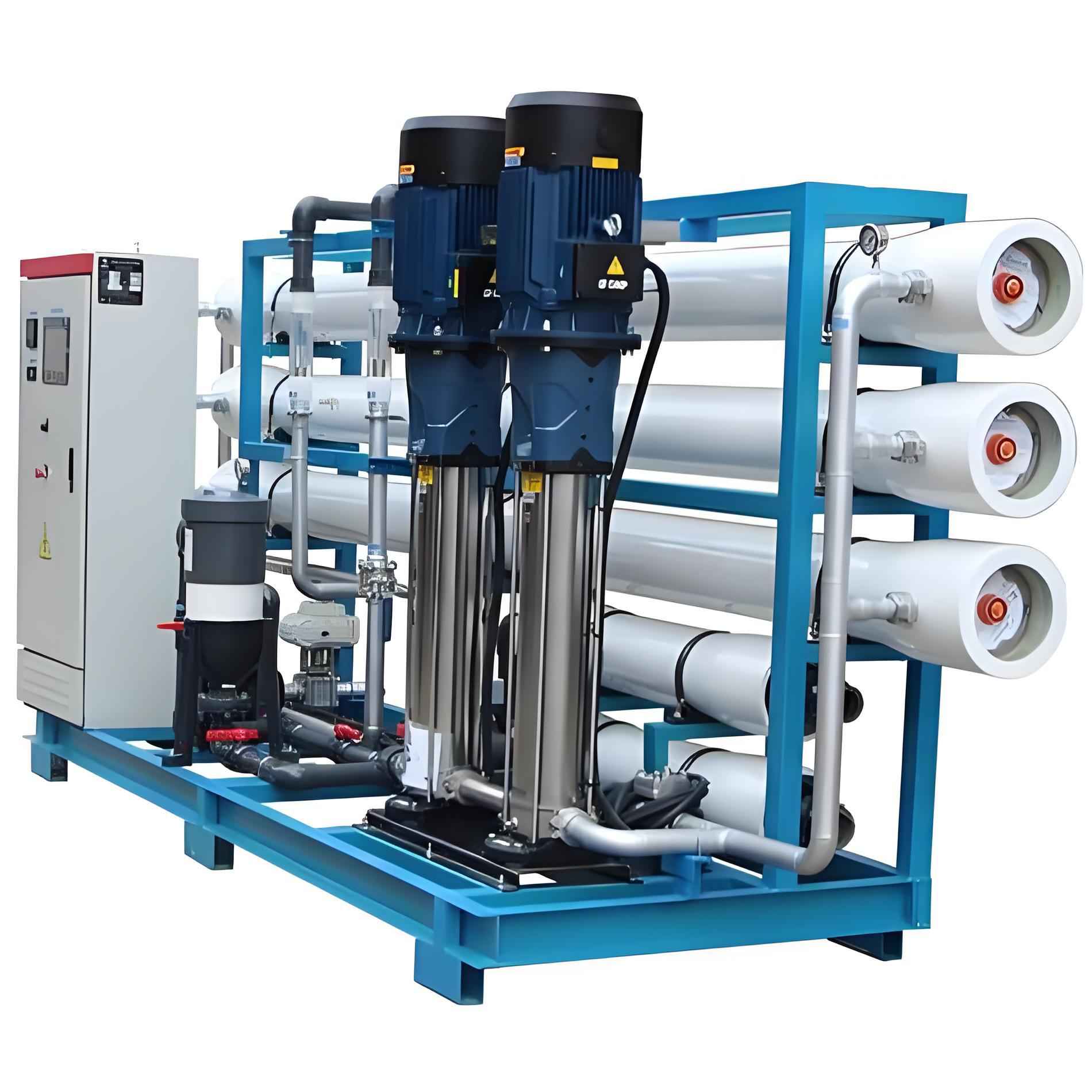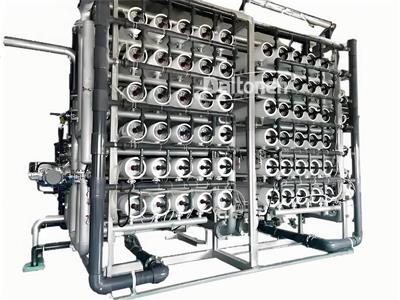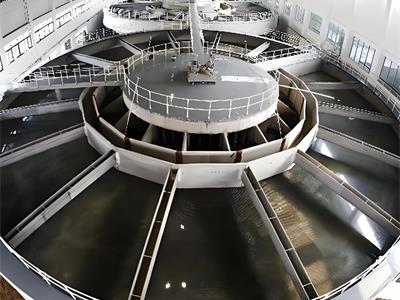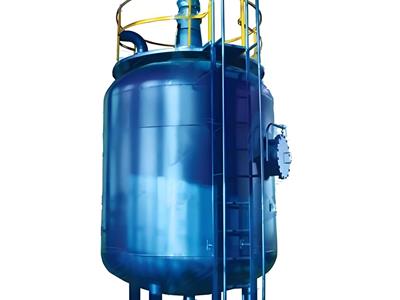- 2025-07-22
Marine desalination
Challenges of fresh water supply for ships
Fresh water demand standards for ocean-going ships:
Daily consumption per capita ≥ 100L (including daily life, equipment flushing and power supply)
Traditional water tank configuration: occupies 3-7% of deadweight tonnage, and the loss of tank capacity is 15m³/thousand tons
Core value of marine seawater desalination system:
Real-time water production replaces static water storage (range freedom increased by 100%)
Load optimization: per ton of fresh water reduction equivalent to 1.2 tons of fuel savings/year
Cabin space release rate >18% (can be converted to cargo hold or living area for expansion)
Technical specifications for marine reverse osmosis system
Core components:
Titanium alloy high-pressure pump (corrosion resistance grade ASTM B265 Gr9)
TFC membrane element for seawater (salinity removal rate ≥ 99.4%)
Intelligent energy recovery device (ERD efficiency > 95%)
Operation parameters:
Operating pressure: 5.5-6.8MPa
Water flux: 1.2-3.6m³/h (corresponding to 50-150GPH)
Concentrated water discharge: Salinity increase <15% (in compliance with MARPOL Convention)
Special design:
Anti-roll stabilization system (tilt ≤ 30° continuous operation)
Triple-proof control cabinet (IP66 protection/salt spray resistance 2000h)
Low voltage drive (24VDC adapted to ship power grid)
Engineering verification case
100,000-ton bulk carrier project:
Configured with 2×2.5m³/h units (redundant design)
Annual water saving cost reduced by $84,000 (compared with port water replenishment)
Luxury yacht application:
Integrated equipment (occupying an area of <1.2m²)
Fresh water quality: TDS<200ppm (in line with WHO drinking water standards)
Shipowner core benefits
► Improved economy
Fuel efficiency: ≤3.2kWh of electricity per ton of fresh water produced
Exemption from port water supply fee ($0.8-2.5/ton)
Equipment investment payback period <14 months
► Freedom of navigation
Unlimited navigation area self-sustaining capacity (no need to plan water replenishment port)
Water supply guarantee in extreme weather (wave height ≤7 meters continuous operation)
► Ship maintenance optimization
Equipment flushing water: prevent salt crystal corrosion (extend life by 40%)
Outer shell cleaning: maintain paint adhesion (reduce docking frequency)
► Compact reliability
Modular design: power cabin in-situ replacement (disassembly and assembly <4h)
Self-diagnosis system: membrane pollution warning >72h lead time






